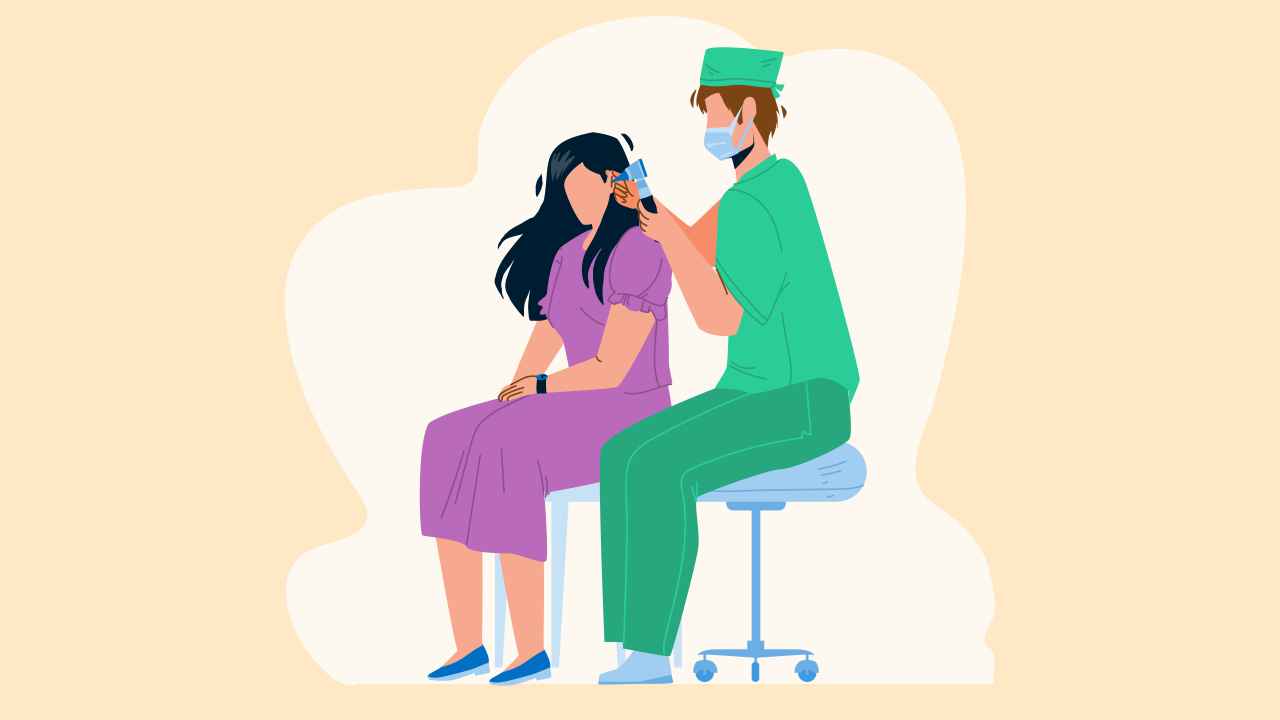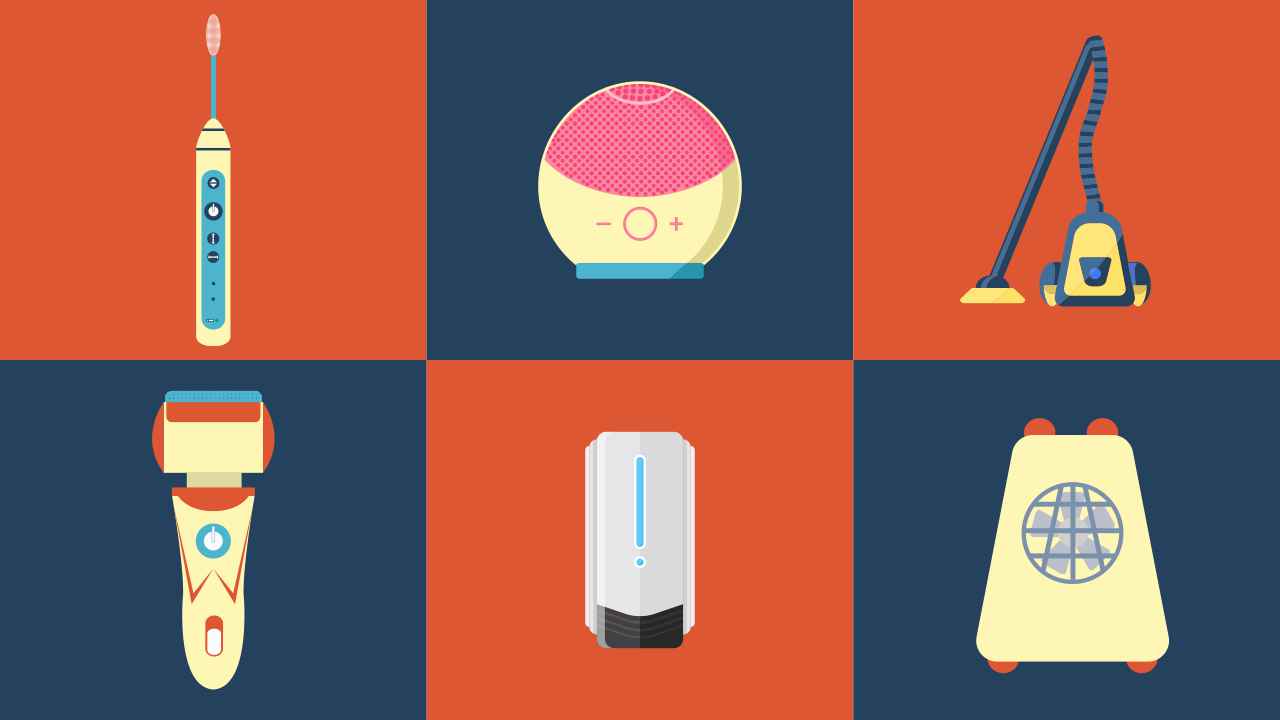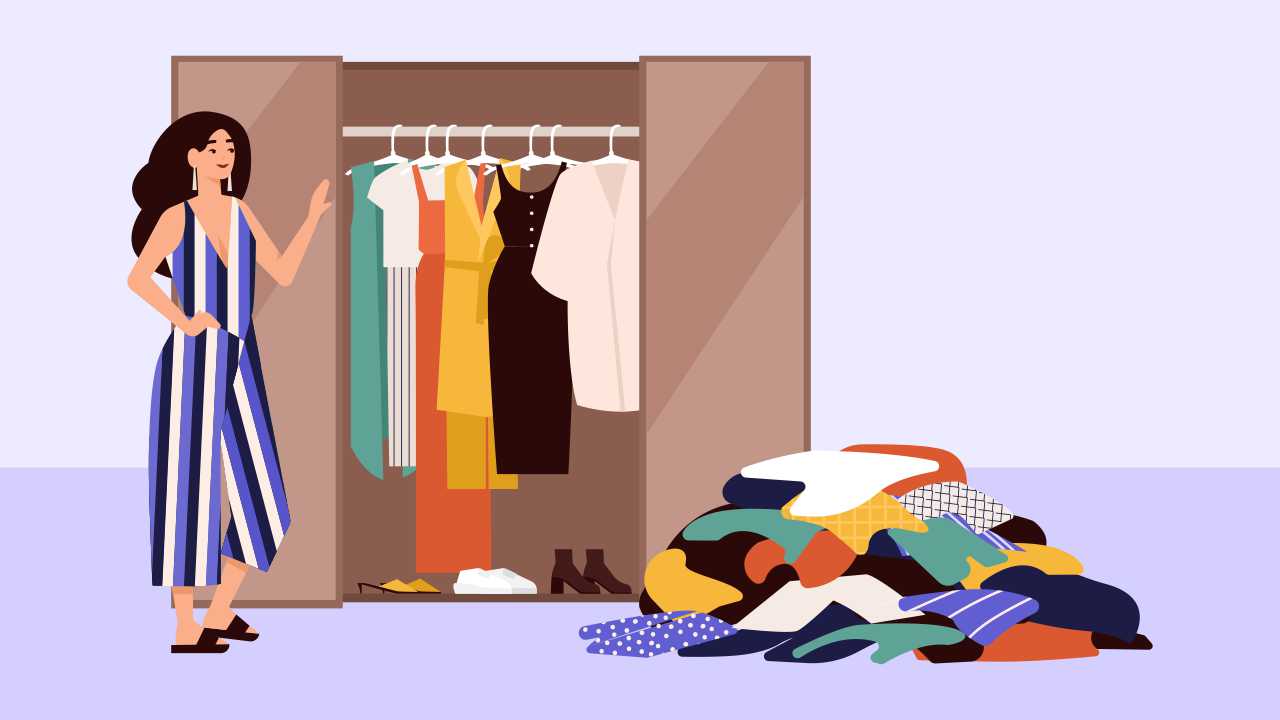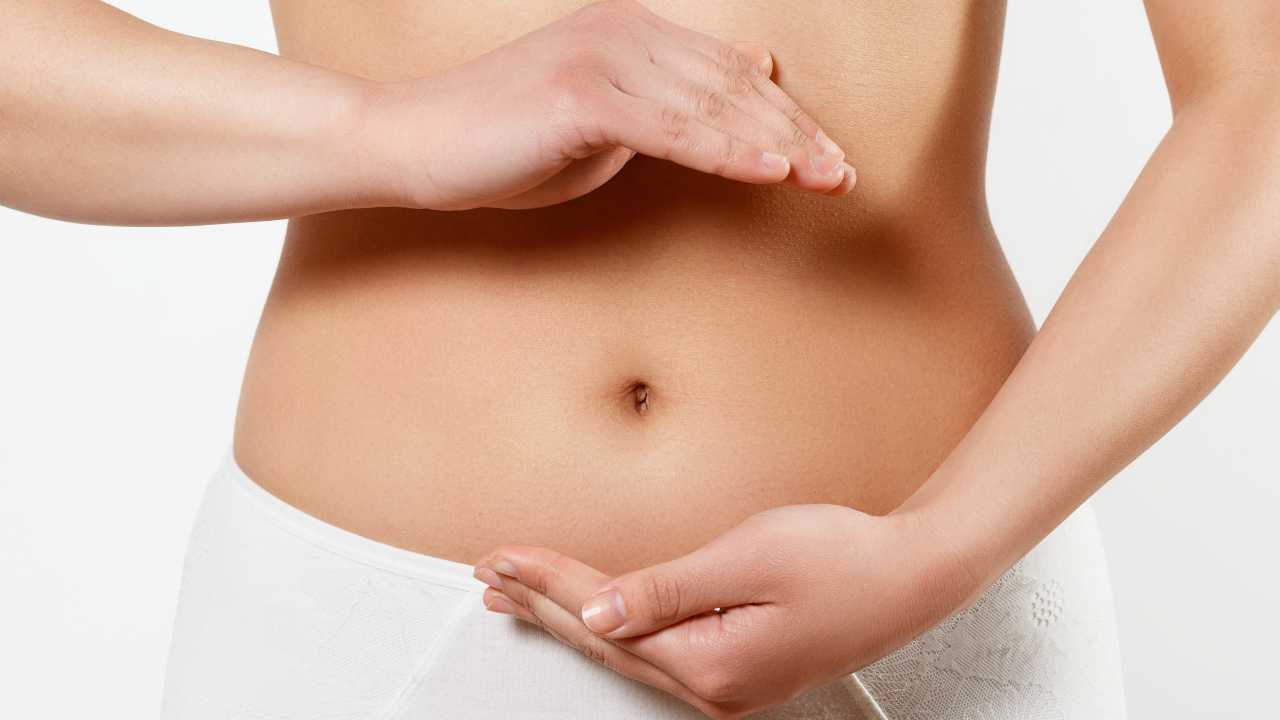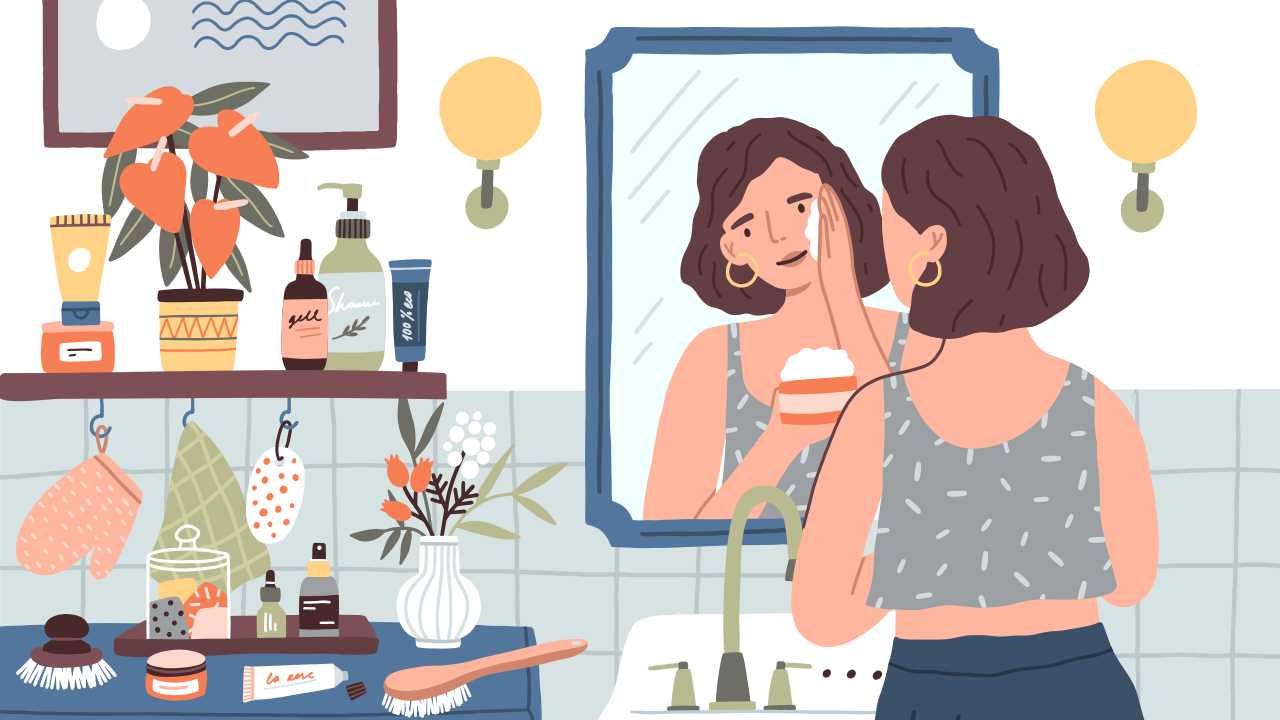
Hair Care: Hygiene Practices Essential for Healthy Tresses
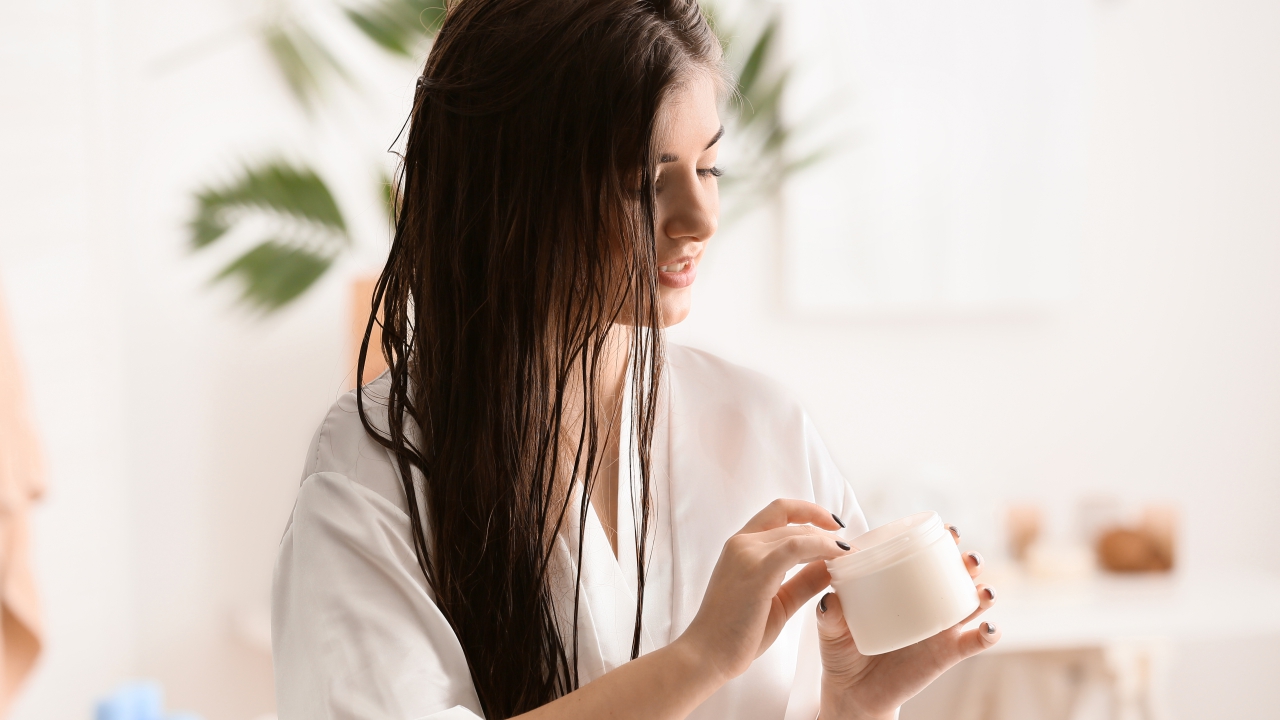
Most of us are rather fond of our hair. We style them according to individual preferences and hair care is an important part of our daily routine. There is nothing more upsetting than a bad hair day.
Zeroing in on a suitable care regimen and maintaining hygiene will help you increase the number of good hair days. But for that, you need to know your hair better.
What is hair?
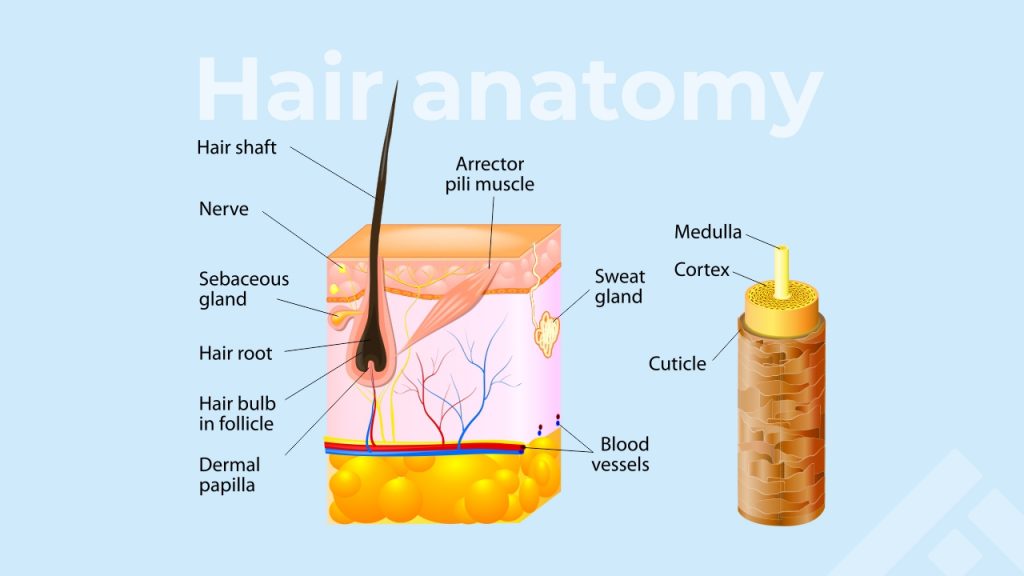
Hair is made of a protein called keratin. It grows from hair follicles in the dermis (the thickest layer of skin that lies beneath the epidermis and above the subcutaneous layer) and has a root or a bulb that contains stem cells that ensure hair growth.
Melanin-producing cells surround the follicle and are responsible for the color of your hair. Sebaceous glands produce sebum that lubricates the hair. Arrector pili muscles cause hair to stand up when the muscles contract, for example, when you get goosebumps.
Hair has varying textures but the reason behind it is not clear. Some researchers believe that it depends on the shape of the hair shaft. The rounder the shaft, the straighter the hair. Flat shafts lead to curly hair. The curls of the hair depend on the chemical bond formed between the proteins present in the hair. Other findings suggest that it’s the shape of the hair follicle that determines the hair type. If the follicle is a perfect round, the hair is straight, and if it is oval or any other irregular shape, the hair is wavy or curly.
Types of hair

Straight: This hair has no curls whatsoever, not even at the fringes. If you dig straight hair, you need to use a dry shampoo to keep it healthy. Why? It’s because straight hair gets greasy faster than any other type.
Wavy: This hair type has an S-shape outlook and resembles a wave. It is prone to frizziness, but with a little bit of gel or light mousse, can be easy to handle.
Curly: It can form loose or tight loops and, at times, can be hard to comb. It’s prone to frizz. Avoid hair care products that have sulfates and use a leave-in conditioner instead of combing right after washing.
Coily: It’s springy and the most delicate hair type. It requires a lot of moisture to maintain its integrity. Regular oiling and the use of shampoos with a creamy base can be beneficial.
How often should you wash hair?
It totally depends on your hair type, styling, daily routine, and environment. Usually, people with dry hair can wash once a week, while oily hair needs a daily wash. Ideally, you should wash your hair every 2 to 3 days.
Too much shampoo, however, can rob your hair of all essential oils and leave your scalp and tresses dry and damaged. It can also cause itching, flaking, and dandruff.
Signs that your hair needs washing
How do you know that your hair needs a shampoo? Check out some of the common indicators.
Hair type
Every hair type requires a specific care routine. Thin and straight hair needs to be washed often because the oil produced by the scalp travels faster to the strands as compared to curly or wavy hair. This is also the reason why curly hair is generally dry and needs minimal washing. According to the American Academy of Dermatology, people with extremely curly hair need to wash their hair only once a week to prevent hair loss, damage, dry scalp, and frizz.
Grease factor
Our hair mainly becomes “dirty” from the secretion of oil from sebaceous glands. These glands are under the influence of androgens (male sex hormones), and their activity depends on factors such as age, gender, ethnicity, genetics, and environment. Teens, and even 20-and 30-year-olds, have more oily hair than older adults because sebaceous glands are extra active when you are young and produce extra sebum. So some people may need to wash their hair every day, while others can go days without a wash.
Sweat factor
Hair traps moisture and spreads oil easily. This makes it look greasy and dirty. Additionally, oil and moisture together stimulate the scalp’s bacterial and fungal growth, which can lead to infections.
Environmental factors
Hair is also exposed to the environment and it traps dirt, dust, and pollens. Accumulation of these can be damaging, making hair dull and smelly and stunting the hair growth. They may also cause allergies.
How do you wash hair?
Choose the right shampoo according to your needs and hair type. Shampoo is a detergent that works by trapping the oils on your scalp and washing it away. Recently, co-washing methods — which involve using the right amount of shampoo and conditioner — have been recommended by dermatologists to ensure maximum benefits.
| Dos | Don’ts |
| Wash your hair with lukewarm water. This helps in opening the cuticles and aids in better cleaning of the scalp | Don’t wash only your tresses;, this will leave your scalp oily. Oil is mostly produced on the scalp and needs to be cleaned |
| Always mix the shampoo with water. It can otherwise be too harsh on the scalp. This also ensures better spreading of the product | Avoid using nails to scrub the scalp. This can cause abrasions on the skin and lead to infections. It will also make your hair vulnerable to breakages and tangles |
| Wash your hair with cold water after applying conditioner as it will help the cuticles retain moisture | Do not apply conditioner on the scalp because the hair needs hydration, not the scalp. Conditioner will make the scalp oily |
| Always pat dry your hair to prevent breakage and frizz | Don’t brush your hair immediately after a wash |
Dry shampoo
If you want to put off that hair wash for another day and want a quick fix, dry shampoo could come in handy. Dry shampoos are basically sprays or powders that help absorb oil from the scalp. One must remember, however, that even though dry shampoos clear the oil, they are not cleansers and definitely not a replacement for hair wash.
Does oiling help hair?
Oiling is good for hair, but the frequency depends on the type. Someone with straight hair could do well with a biweekly or monthly oiling. Wavy and curly hair needs more moisture, but it need not be a daily routine. You could instead get a head massage every day to boost the innervations on your scalp and increase blood flow. This will provide more nutrients and oxygen to the hair roots, making them stronger. Oils derived from neem, basil, rosemary, tea tree, cedarwood, and eucalyptus have been used with varying success rates for preventing dandruff.
Tips for oiling
Heat oil before application: Heating aids in better penetration of oil into cuticles and also has a soothing effect.
Never comb your hair after oiling: Hair is fragile and the scalp is relaxed after oiling, hence there is a greater chance of breakage. If you wish to detangle your hair, use your fingers. Start from tips and move upwards; this will also help spread the oil better.
Do not let the oil sit for hours: Allowing the oil to settle for long hours can lead to a collection of dirt on the scalp and make it extra greasy.
Do not put too much oil: Too much oil would need extra shampoo to wash it away, which will make your hair dull and dry.
Never tie your hair tightly after oiling: Hair is fragile when oiled. Tying it up tight can add pressure and lead to breakages. Instead, tie a loose bun or braid it.
Do not use other products simultaneously: When you oil your hair, avoid using any other chemically-infused products.
Hair is an important part of your body and appearance. So take good care of it. Eating healthy and managing stress go hand in hand with a proper hair care routine. After all, it’s about your crowning glory.
References
1. Ferreira M. How Often Should You Wash Your Hair? Healthline. https://www.healthline.com/health/beauty-skin-care/how-often-should-you-wash-your-hair (accessed Mar 1, 2021).
2. How Often Should I Wash My Hair? Luxyhair. https://www.luxyhair.com/blogs/hair-blog/how-often-should-i-wash-my-hair (accessed Mar 1, 2021).
3. The Dirty Truth About Washing Your Hair. Cleveland Clinic. 2018; published online Aug 14. https://health.clevelandclinic.org/the-dirty-truth-about-washing-your-hair/ (accessed Mar 1, 2021).
4. Gavazzoni Dias MF. Hair cosmetics: an overview. Int J Trichology 2015; 7: 2–15.
5. Narshana M, Ravikumar P. An overview of dandruff and novel formulations as a treatment strategy. Int J Pharm Sci Res 2018; 9: 417–31.




